It is with diving that the door to some of the most fascinating and untouched nooks of our planet opens before one, introducing him to a live, colorful underwater world.
From coral reefs to sunken wrecks, everything around is filled with beauty and mystery. Identifying the best diving destinations for travel-loving adventurers who also love marine life will make their underwater explorations truly unforgettable. Herewith follows some of the world’s top diving destinations, put together with a view to inspire and inform both the seasoned diver and the man on the street alike.
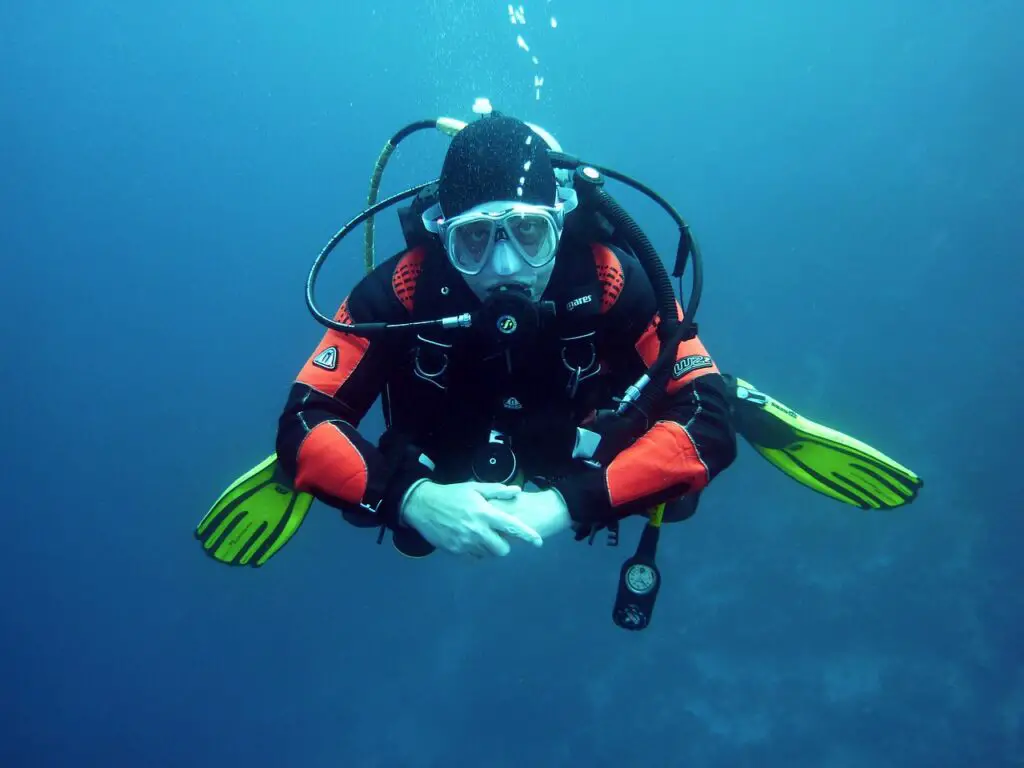
The Great Barrier Reef, Australia
The Great Barrier Reef forms one of the most popular and recognizable dives in the world and constitutes a divers’ dream come true. Off the northeast coast of Australia, it treads a stretch of more than 2,300 kilometers to present diversity found nowhere else on Earth. It hosts more than 1,500 species of fish, more than 400 types of coral, and numerous species of sharks, rays, and turtles.
The clarity of the water is complemented justly by the biodiversities of the reef to form a perfect location both for complete beginners and for advanced-skilled divers.
Raja Ampat, Indonesia
Raja Ampat has often been considered among the best diving sites in the world for its great marine biodiversity. It lies at the heart of the Coral Triangle, where Raja Ampat represents over 1,500 islands with colorful coral reefs surrounding each of them and full of life.
Divers here are likely to see mantas, rare species of fish, and some of the most pristine coral gardens in existence. This remoteness of Raja Ampat assures that reefs remain healthy but at the same time provides a guarantee that the experience will be devoid of the maddening crowds found in more popular locations.
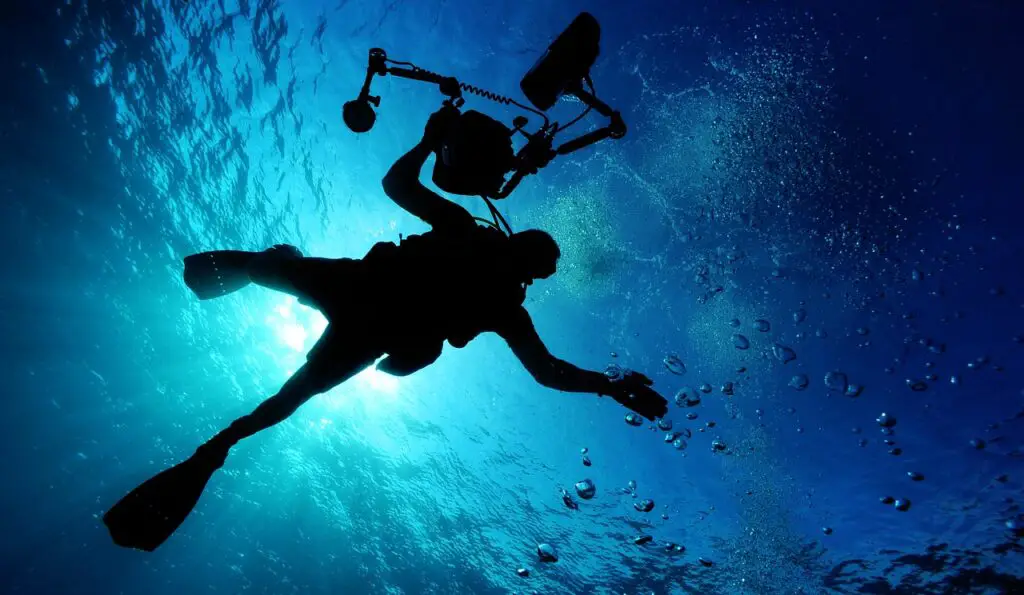
Palau, Micronesia
Divers in search of stunning marine life with engrossing historical artifacts will find Palau hard to beat. This island nation in the Pacific Ocean is a playground for various World War II wrecks, both for wreck divers and all those interested in history.
The famous dive site Palau’s Blue Corner is one of the best dives in the world and has strong currents attracting big schools of fish, sharks, and sometimes manta rays. Wrecks, walls, and reefs add up to dives that cater to all levels of experience in Palau.
Red Sea, Egypt
Crystal-clear waters and dramatic underwater scenery make the Red Sea a veritable divers’ haven.
The coastline of Egypt, particularly around the Sinai Peninsula, boasts various great reefs, teeming marine life, and thrilling wrecks, such as the SS Thistlegorm. Of course, with some of the world’s best visibility assured at various sites in Ras Mohammed, the Blue Hole at Dahab, it invariably happens to be something that this land of rich biodiversity-from dolphins down to the Napoleon wrasses-assures divers of.
Proximity to Europe also makes diving in the Red Sea accessible and fairly inexpensive for many. Full of reefs, channels, and lagoons teeming with life, Maldives atolls surely are a perfect place for scuba diving. Here, dives are done with big pelagic species such as whale sharks and mantas, together with thousands of colorful reef fishes.
Some of the many high points of diving in the Maldives include diving at “thilas,” or submerged pinnacles teeming with life. In the Maldives, one finds world-class diving linked to superlative comfort, with five-star resorts and liveaboards catering to divers.
Blue Hole, Belize-World’s Most Popular Adventure Dive
Recently, on a diving trip to Belize, I got an opportunity to dive in the famous Great Blue Hole, one giant underwater blue hole, and probably the most wished-for dive destination in the world. Descent into the dark bottom of the Blue Hole was like entering another world.
Stalactite-lined walls were remains of its time as a dry cave during the last Ice Age. At a depth of about 30 meters, there came upon us a school of reef sharks, circling gracefully around in the clear waters. Indeed, the experience introduced me to some of the majesty and mystery of the ocean.
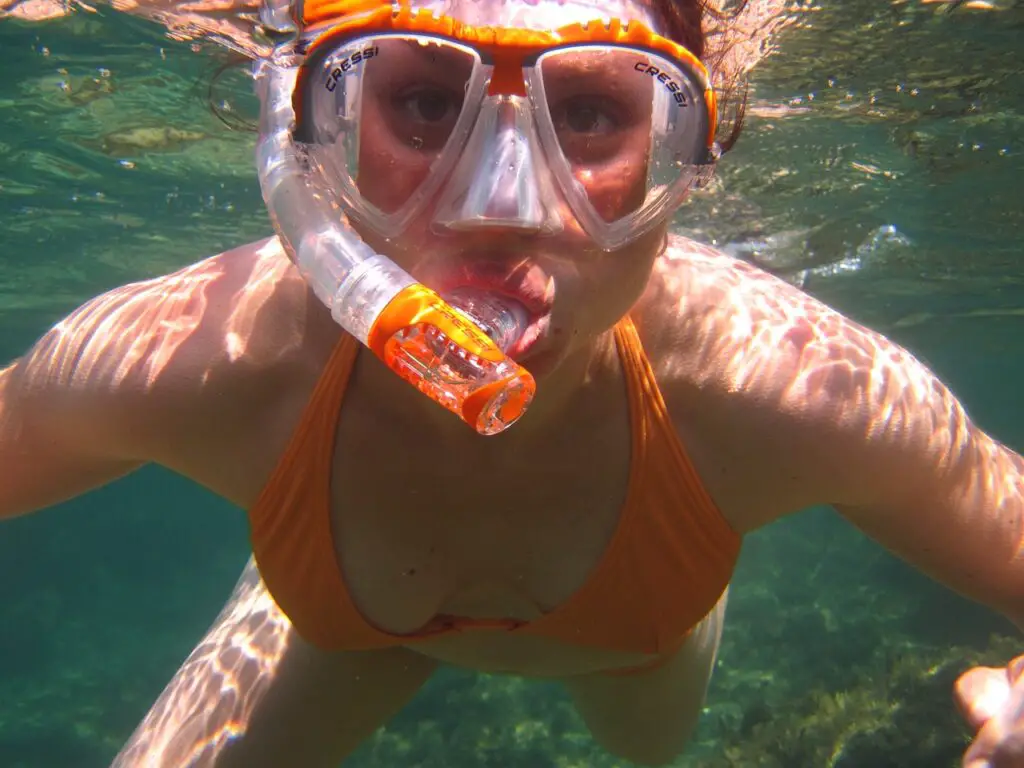
Galapagos Islands, Ecuador
Galapagos diving is a lifetime experience for the keen observer of wild life. The waters inside and around this UNESCO World Heritage Site are very rich in marine life-mostly native and resident species.
There is hammerhead shark, sea lions, marine iguanas, and even the odd whale shark that a diver can look forward to. Nutrient-rich currents around the islands create perfect conditions for large pelagic species to thrive, making the Galápagos probably one of the best big animal destinations in the world.
Sipadan, Malaysia
Diving circles also consider Sipadan Island in Malaysia a world-class destination with high biodiversity. The offshore island from Borneo-Sipadan-boasts schooling barracudas, turtles, and swirling vortexes of jackfish. This is a drop-off of the island, which drops straight down over 600 meters and gives an opportunity to discover this breathtaking underwater landscape full of life. After years of conservation efforts that permitted only limited access to Sipadan, today this fragile ecosystem is somewhat protected, turning this dive experience more personal.
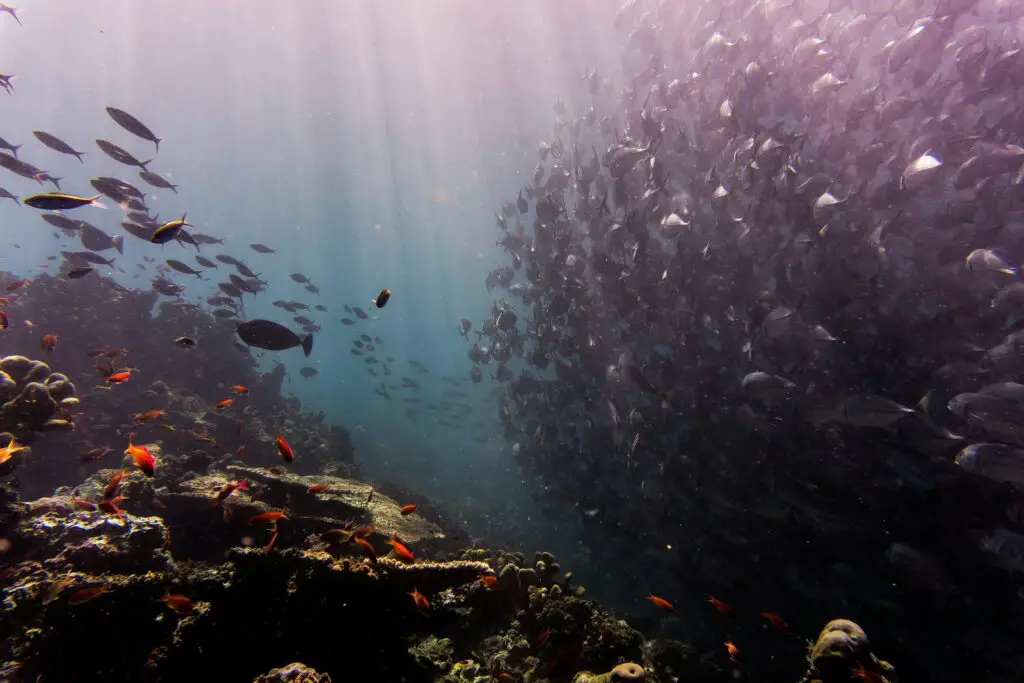
Bahamas
Crystal-clear waters and unique dive sites make the Bahamas a country for divers. Encounters with sharks are among the key highlights of diving in the Bahamas. A number of shark diving experiences are offered by the islands, which include Tiger Beach, where divers can go and be viewed by tiger sharks in safety from their natural environment. Offsets to the sharks are coral reefs, blue holes, and underwater caves, making the Bahamas varied for every kind of diver.
The Philippines
Scuba diving is one of its primary courses, since it is home to some of the most diverse marine ecosystems in the world. Tubbataha Reef is a UNESCO World Heritage Site and is known to have immaculate coral walls in view and even a great abundance of marine life. of the great muck diving includes places such as Dauin; frogfish and seahorses are two examples, right down to being able to come across even the blue-ringed octopuses
Indeed, the Philippines is a diver’s haven with thousands of islands offering the most varied dives-from large pelagic to the tiniest macro creatures one might wish to observe.
Some time ago, on one of my diving tours in Belize, I happened to be in front of one of the most unforgettable views of the Great Blue Hole. The descent in this giant underwater sinkhole felt like dropping into another dimension.
The deeper we went, the more the landscape became otherworldly: stalactites forming eerie shapes on the walls. At about 30 meters, a small group of Caribbean reef sharks greeted us; their gracious movements added an exhilarating feeling of thrill to the dive. The visibility was crystal clear, and I literally felt as if I was right inside the beauty and mystery of this geological feature. That dive remains the most overwhelming moment of my underwater journeys that still astonishes me.
5 Tips for Diving Enthusiasts
- Know Your Limits: Always dive within your skill level. Some locations, like deep or wreck dives, require advanced certifications and experience.
- Invest in Good Gear: Comfortable, well-fitting gear can make or break your dive experience. Prioritize essentials like a wetsuit, mask, and regulator.
- Check Dive Conditions: Always research water temperature, visibility, and currents beforehand. Unfavorable conditions can affect the dive experience.
- Buddy Up: Never dive alone. Partner with a buddy or join guided tours for added safety and an enriching experience.
- Respect Marine Life: Always follow environmental guidelines—avoid touching corals, feeding wildlife, or disturbing their habitats.
Facts About Diving
- The Great Barrier Reef in Australia is the largest coral reef system in the world, stretching over 2,300 kilometers.
- The Blue Hole in Belize is one of the deepest underwater sinkholes, with a depth of about 125 meters.
- Palau is known for its Shark Sanctuary, protecting over 135 species of sharks.
- The Maldives boasts some of the clearest waters for diving, with visibility often reaching over 30 meters..
- Egypt’s Red Sea is one of the most bio-diverse diving destinations, home to over 1,200 fish species.
How Our Team Came Up with These Ideas
We are proud to present you with our ultimate guide about the best diving destinations. Below, we discuss how this guide was compiled through our collaborative team effort, harnessing years of travels and personal diving experiences. Many of us are active divers ourselves, and we have explored everything from coral reef systems to wreck sites.
We wanted to make certain it was a list that would include places noted for unique biodiversity, historic significance, and accessibility to divers of various levels. After discussing the places that left the most vivid impression in our minds, we came up with a compilation of places that quite well epitomized the diversity and wonder of the underwater world.
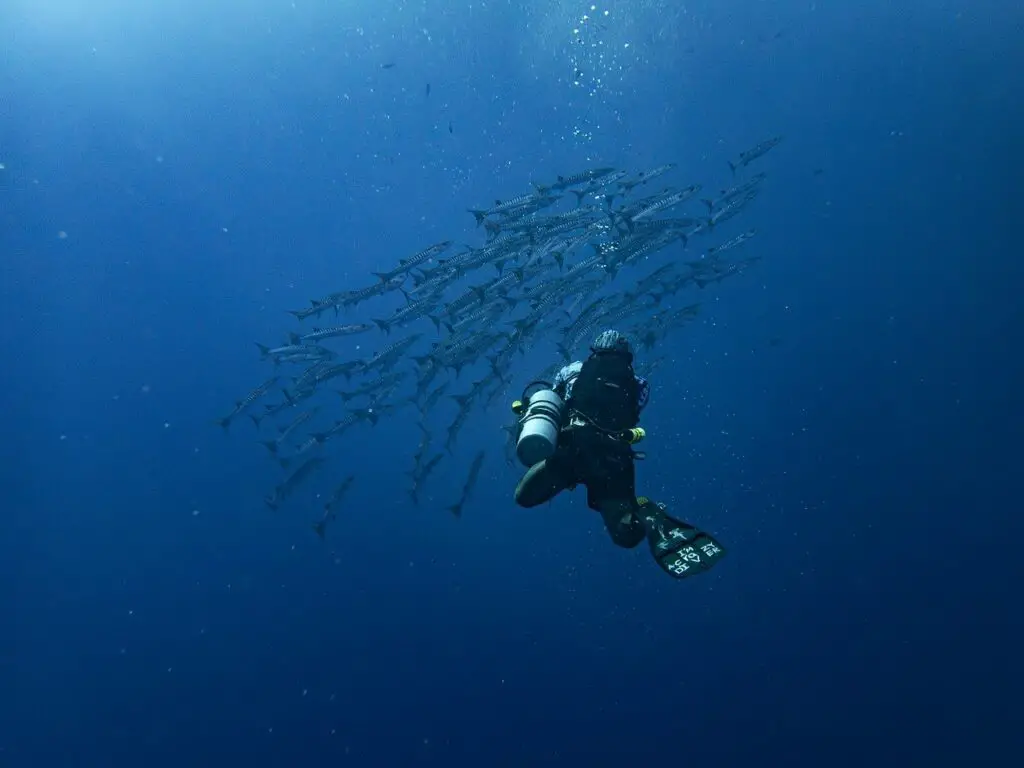
More importantly, we have sought out local dive community input or taken into consideration and expert sources to verify our recommendations.
We believe this blend of personal experience and professional insight delivers a broad-based guide that will serve the needs of both the novice and experienced diver alike. By emphasizing what makes each destination unique, we trust it may encourage others to pursue their own underwater adventures in responsible fashion with respect for marine conservation.
Conclusion
Probably, one of the most rewarding ways to see the world is scuba diving-a great opportunity for the traveler to explore the magic of the underwater world: colorful coral reefs, interesting shipwrecks, and encounters with large sea animals-you name it.
The following destinations promise unforgettable moments for divers at all levels. From the most famous Great Barrier Reef to the least known Raja Ampat-all these places will amaze you with their own underwater adventure. Safe diving, and may your next voyage underwater be unmatched as those of yore.

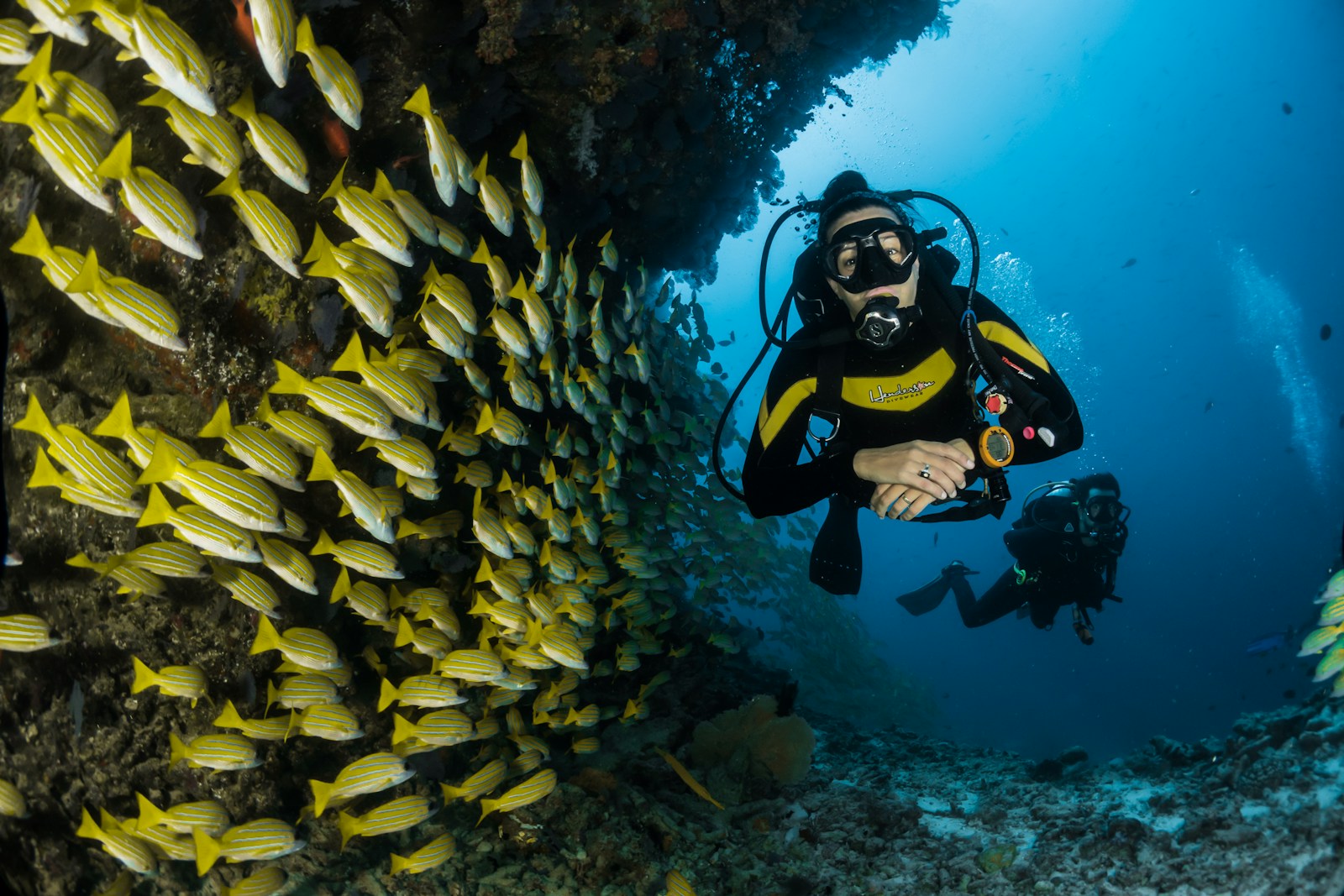
Leave a Reply